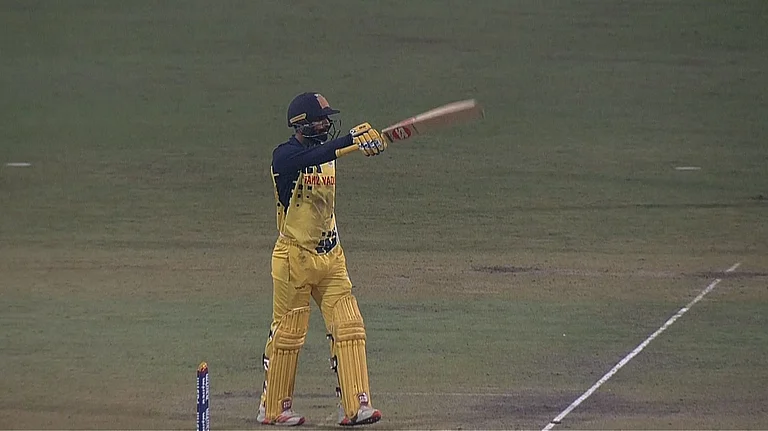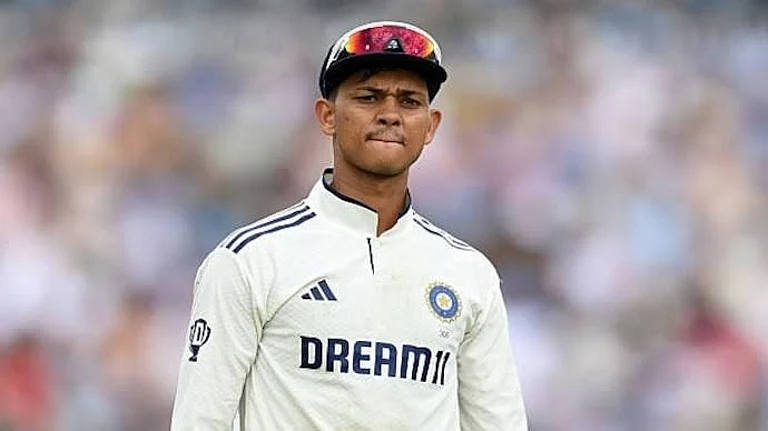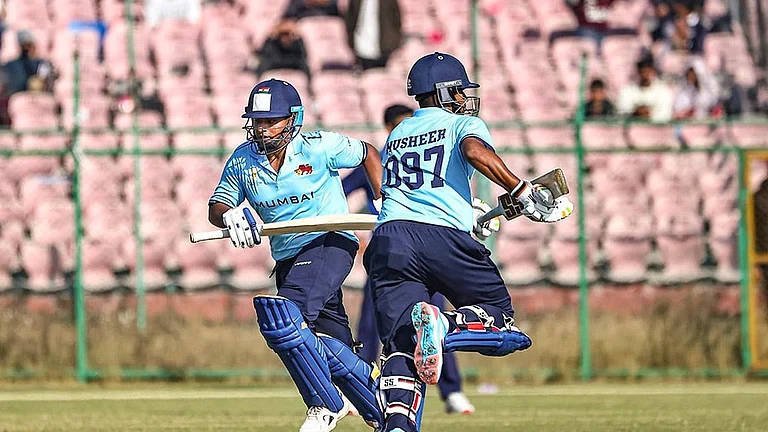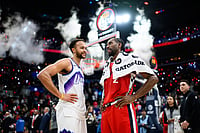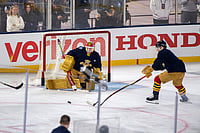To look at a field of activity as vast as ‘Indian sports’ through the lens of one newspaper is akin to looking at the changing landscape in time through a single window. It has the virtue of constancy. Conceived and compiled by Boria Majumdar and culled from the columns of The Times of India, this book charts our sporting journey in modern times.
The book’s chief appeal lies in the beginnings of European sports in India, including early glimmers of a great cricketing nation. ‘The Laws of Cricket, as revised by the Marylebone Club’ follows a match report between the Dum Dum and Barackpore Cricket Clubs (“Barrackpore went in and Fortune at first seemed disposed to frown upon them.”), both from 1840. Cricket gathers pace thereafter: ‘Parsee’ cricket flourishes, the Bombay Triangular is set up, and English teams start visiting, culminating in Arthur Gilligan’s MCC team in 1926 and Jardine’s team of 1933. The grand march of Indian cricket from that first Test in June 1932 is, of course, faithfully chronicled.
Other celebrated events from colonial days include Mohun Bagan’s IFA Shield win in 1911, the 1930 British Empire Games (the inaugural Commonwealth Games, to which India, the so-called ‘Jewel in the crown’, wasn’t invited) and the growth of the Indian Olympic movement. Also present is “the Ranji of chess” Sultan Khan’s three British chess championship titles in 1929, ’32 and ’33. The glories of Indian hockey take pride of place after cricket, but so do other successes—K.D. Jadhav’s 1948 Olympic medal in wrestling (and India’s later Olympic stars), Tenzing and Hilary’s conquest of Everest, India’s 1956 semi-final appearance in Olympic soccer, the first Asiad in 1950 (“The imposing marchpast was the best part of the ceremony”), and Ramanathan Krishnan and Vijay Amritraj’s brilliance at Wimbledon. Numerous reverses in hockey and cricket aside, one disappointment rankles still—India’s inability to participate in the 1950 football World Cup due to lack of funds.
One of the main pleasures of Sporting Times is the restrained, classical prose of earlier times, its elastic finesse rich in expression, but no less colourful for it: “Another maiden from Verity to Amarnath was full of interest. Three played gently, a good smack to the cover easily fielded by Walters, a cocked-up ball that caused thousands to gasp and one ignored” (Dec 19, 1933, MCC vs India). The finest Indian exponent of the style in the Times was K.N. Prabhu: “As I type this dispatch with the mists settling over the northern range, I can still see in my mind’s eye his (Gavaskar’s) slashing cover drive off Holder and a hook to a bumper from Shillingford. They were as clean a Cossack’s saber stroke” (March 10, 1971). It’s a pity that the aerodynamic possibilities of the prose of modern reportage hasn’t quite penetrated the Times’s portals. As colour splashes pages cluttered with stats, the writing degenerates into a drab, cliche-ridden mumble.
Majumdar’s selection and context-setting is impeccable, with a playful eye picking out the unusual along with the unavoidable. An example is advertisements featuring cricketers: Polly Umrigar sells Sloan’s liniment, while Mankad and Ramchand recommend Brylcreem.
Sporting Times is handsomely produced, bright and pale yellows being the dominating colour motif, both framing and giving a sprightly counterpoint to pages of black-and-white columns, some older ones charmingly smudged. Added attraction: a flip-book shows a batsman playing a cross-batted heave that, if successful, would fetch him a six over midwicket. Wish it were a late cut.







